2016 Kawasaki Vulcan 900 Classic LT Vs. Star V Star 950 Tourer Comparo

File this one in the “They still make that?” file. We’ve been bombarded with so many cutting-edge sportbikes and go-anywhere, do-anything adventure-tourers lately that it’s easy to forget about the cruiser segment of the market. And even among the cruising set, the sub-liter middleweight category hasn’t been getting much love. The attention usually goes to the big-displacement crowd because, let’s face it, cruiser riders have an image to uphold.
So recently, as we were browsing through the Kawasaki and Star websites, we came across two models that had us asking, “They still make that?” The models being the Kawasaki Vulcan 900 Classic LT and Star V Star 950 Tourer. Then, as we thought about the attention we’ve been giving to sporty bikes and adventure machines, we realized there are a lot of you who have a limited budget yet want a comfortable touring cruiser with enough guts to get out of its own way.
Devoid of any of the technology becoming increasingly abundant on today’s motorcycles, both models represent bare bones, reliable cruising. They’re both affordable, start up every time, and will get you, your stuff, and your significant other where you want to go in style and comfort. Kind of the cruising equivalent of the Honda Civic, if you will – only more stylish. Similar in price, dimensions, intent and performance, let’s put these two old dogs to the test.
The Art of Cruising
At their hearts, both bikes feature the classic V-Twin engine architecture, with the $8,999 Vulcan housing a 903cc variant and the $9,790 Star a 942cc version. Neither engine is lacking for shiny chrome bits, though the Star is lacking something the Kawi does not – a radiator. On the dyno this translates into 47.3 horses and 54.5 lb-ft of torque for the air/oil-cooled Star, this compared to the liquid-cooled Vulcan and its 42.7 hp and 50.9 lb-ft.
Neither make groundbreaking power, but both deliver a satisfying amount of torque accompanied by that distinctive V-Twin burble. From the seat-of-the-pants dyno Siahaan and Cruiser Editor Evans Brasfield slightly prefer the Star’s pulling power, but the Vulcan is no slouch. John Burns, meanwhile, says the Vulcan engine “runs smoother, feels more torquey – but the Yamaha gives more of that air-cooled radial-aircraft engine feel, because it is air-cooled.”
Power gets to the rear wheels of both cruisers through five-speed gearboxes and belts. Floorboards are equipped on both models, heel and toe shifters, too, but JB and TS agreed the Vulcan’s transmission was much smoother shifting than the Star’s. In the Star’s defense, however, it had less than 500 miles on the clock whereas the Vulcan more than quadrupled that amount.
Both of these Japanese cruisers only come with five cogs in the tranny, but how each model makes do without a sixth gear is one area where the two have a noticeable difference. Burns, Siahaan, and Brasfield all agree a sixth gear would be nice, with Evans being pretty vocal about it. “Not having a sixth gear is unforgivable,” he says. “At highway speeds the vibrations from the Star become quite irritating – particularly in LA traffic where, if the traffic is moving at all, it’s going 75 mph. I can’t tell you how many times I checked to make sure I was in top gear because the buzziness of the engine kept lying to me and saying I wasn’t.” Burns adds, “What would be wrong with a top-gear light? I don’t need a GPI, but a little blue light that says you’re in top gear would be enough.”
Meanwhile, the Vulcan runs rather smoothly at 80 mph and the engine doesn’t sound terribly stressed at that speed either. It’s hard to really know, actually, since it doesn’t have a tachometer (neither does the Star), but crank the throttle to pass another vehicle and the Vulcan strains to build velocity and sounds angry that you’re asking to go faster.
But of course, neither the Vulcan or the Star were meant for speeding; their purpose is to cruise along. At 26.6 inches from the ground, the Star’s seat is lower than the Vulcan’s by a scant 0.2 inches, meaning neither saddle should be intimidating even for those who are vertically challenged. However, Burns writes, “[The Vulcan] has a much more close-coupled riding position that fits 5-foot, 8-inch me much better than the more expansive Yamaha, which seems like it was designed around tall guys.” The Kawasaki’s seat feels shorter front-to-back, with a well scalloped lip at its rearmost edge. This, combined with its tighter rider triangle compared to the Star gained favor with both Burns and Troy. Meanwhile, the roomier Star was more comfortable for Brasfield’s 5-foot, 11-inch frame. The Star also comes with steel fenders, in case you’ve been meaning to fine tune your skills with the English wheel. The Vulcan rolls with plastic.
Both bikes are suspended with comfort in mind. The ride is plush and smooth, the Vulcan offering more front suspension travel at 5.9 inches (vs. 5.3 inches) but less rear travel (4.1 inches vs. 4.3 inches). “The Star’s ride would be quite nice – as long as you don’t hit a pothole,” Evans says. “Then the suspension just gives up the ghost.” We noticed sharp bumps and rough roads would bottom the Star’s rear suspension more often than the Vulcan.
Get either bike in the hills and their differences also make themselves known. With its shorter wheelbase (64.8 in. vs. 66.3 in.), the Vulcan steers quicker than the Star. Cornering clearance is obviously not a cruiser’s strong point, but the Star really surprised us with just how little lean is needed before floorboards touch down, and even accounting for the floorboard folding, hard parts hit the floor really quickly.
The Kawasaki allows almost sportbikes levels of lean in comparison and tracks well for a bike of such heft. Strangely though, its floorboards don’t fold much before non-bendable items touch down and work to leverage the motorcycle off its path. We clearly didn’t expect sporty bike performance from either cruiser, but the weak suspension coupled with its extremely limited ground clearance were big demerits for the Star.
Both bikes feature just a single disc at each end, with the Star’s measuring 320mm (front) and 298mm (rear) compared to the Kawi’s 272mm and 242mm. You’re gonna need both discs to bring these heavy girls to a stop at anything resembling quick, though the Star does seem to accomplish the task with slightly more urgency than the Kawasaki. Neither motorcycle is equipped with ABS.
As far as comfort features go, Troy preferred the Vulcan’s more substantial (and adjustable) windscreen that creates a huge pocket of still air in front of the rider. Even though the Vulcan’s rider is forced to look through the screen, it’s not distorted and offers a clear view ahead. Burns and Brasfield prefer being able to look over the Star’s smaller screen. “But it was always blustery,” John says.
The Star really shines in its ability to quickly attach or remove its windscreen, luggage and passenger backrest, all without tools. Should you decide to keep them in place, they can be locked in place with the ignition key. You can remove all these items from the Vulcan, too, but you’ll need tools and it’s not a quick process. Both cruisers have leather saddlebags, though the Star’s are actually hard cases wrapped in leather. They’re more capacious and lockable, too. The Kawasaki’s leather bags look plucked from a 1970s catalog, with their vintage look and buckles (with quick-release snaps underneath).
Different strokes for different folks
On paper, the Star appears to be the better motorcycle. Its bigger displacement, modern styling, and user-friendly features giving it a slight edge over the Kawasaki. However, we were pleasantly surprised by the Vulcan. Its engine doesn’t give up much to the Star and is more pleasant in real world and highway environments. It “fits” better for average-sized riders, delivers a more composed ride, and has more cornering clearance.
The Kawasaki also gets bonus points for its huge 5.3-gallon fuel tank, trouncing the Star’s 4.5-gallon capacity. The V Star squeezed 43.6 mpg out of high test dino-juice while the Vulcan only managed 41.3 mpg. Odd how the Star has a larger displacement, delivers five more ponies to the rear wheel, and still manages to get better gas mileage. The Vulcan and its large tank will get you further down the road.
So, we’ve arrived at the moment where we rip open the virtual envelope and inform you which of these cruisers (of the touring variety) came out on top of the MO Scorecard. The two traded strengths and weaknesses, like an old married couple, throughout the shootout, but ultimately, the Vulcan 900 Classic Tourer came out on top by a mere 0.1%. The final tally reads: Vulcan 76.22% and V Star 76.12%. If your personal scorecard leans the other way, you wouldn’t necessarily be wrong. After all, the winner won by the narrowest of narrow margins. in the end, the Vulcan’s $8,999 MSRP – versus the Star’s $9,790 – frees up $791 to take that laid-back weekend trip you’ve been dreaming about all winter.
Kawasaki Vulcan 900 Classic LT
+ Highs
- Comfy ergos for shorter riders
- Smooth engine
- Bigger fuel tank
– Sighs
- Tighter fit for taller riders
- Looks dated
- No quick release accessories
Star V Star 950 Tourer
+ Highs
- Better fit for taller riders
- Looks sharp
- Quick release accessories
– Sighs
- Vibey engine
- Smaller fuel tank
- Higher price
2016 Kawasaki Vulcan 900 Classic LT vs. Star V Star 950 Tourer Scorecard | |||
|---|---|---|---|
| Category | Kawasaki Vulcan 900 Classic LT | Star V Star 950 Tourer | |
| Price | 100% | 91.9% | |
| Weight | 100% | 99.7% | |
| lb/hp | 91.0% | 100% | |
| lb/lb-ft | 93.1% | 100% | |
| Total Objective Scores | 97.4% | 97.2% | |
| Engine | 85.0% | 84.4% | |
| Transmission/Clutch | 77.5% | 72.5% | |
| Handling | 80.0% | 72.5% | |
| Brakes | 72.5% | 70.0% | |
| Suspension | 75.0% | 70.0% | |
| Technologies | 45.0% | 45.0% | |
| Instruments | 62.5% | 62.5% | |
| Ergonomics/Comfort | 80.0% | 72.5% | |
| Luggage/Storage | 65.0% | 75.0% | |
| Quality, Fit & Finish | 70.0% | 80.0% | |
| Cool Factor | 65.0% | 75.0% | |
| Grin Factor | 65.0% | 62.5% | |
| John’s Subjective Scores | 69.6% | 70.0% | |
| Troy’s Subjective Scores | 73.1% | 72.5% | |
| Overall Score | 76.2% | 76.1% | |
2016 Kawasaki Vulcan 900 Classic LT vs. Star V Star 950 Tourer Specifications | ||
|---|---|---|
| Kawasaki Vulcan 900 Classic LT | Star V Star 950 Tourer | |
| Kawasaki Vulcan 900 Classic LT | V Star 950 Tourer | |
| MSRP | $8,999.00 | $9,790.00 |
| Engine Type | 4-stroke, liquid-cooled 55º V-Twin | 4-stroke, air-cooled, 60º V-Twin |
| Displacement | 903cc (55.1ci) | 942cc (58ci) |
| Fuel System | EFI | EFI |
| Valve Train | SOHC, four valves per cylinder | SOHC, four valves per cylinder |
| Horsepower | 42.7 hp | 47.3 hp |
| Torque | 50.9 lb-ft. | 54.5 lb-ft. |
| lb/hp | 15.5 | 14.10 |
| lb/torque | 13.1 | 12.20 |
| Transmission | 5-Speed | 5-Speed |
| Final Drive | Belt | Belt |
| Front Suspension | 41mm fork, non-adjustable, 5.9-in travel | Telescopic fork, non-adjustable, 5.3-in travel |
| Rear Suspension | Single shock, preload adjustable, 4.1-in travel | Single shock, preload adjustable, 4.3-in travel |
| Front Brake | Single 272mm disc, 2-piston caliper | Single 320mm disc brake, 2-piston caliper |
| Rear Brake | Single 242mm disc, 1-piston caliper | Single 298mm disc brake, 1-piston caliper |
| Front Tire | 130/90-16 | 130/70-18 |
| Rear Tire | 180/70-15 | 170/70-16 |
| Wheelbase | 64.8 in | 66.3 in |
| Seat Height | 26.8 in | 26.6 in |
| Claimed Weight | 657.1 lbs | 657 lbs |
| Measured Weight | 664 lbs | 666 lbs |
| Fuel Capacity | 5.3 gal | 4.5 gal |
| Tested Fuel Economy | 41.3 mpg | 43.6 mpg |
| Available Colors | Metallic Phantom, Silver/Metallic Spark Black | Raven |
| Warranty | 24-month limited warranty | 12 month limited warranty |

Troy's been riding motorcycles and writing about them since 2006, getting his start at Rider Magazine. From there, he moved to Sport Rider Magazine before finally landing at Motorcycle.com in 2011. A lifelong gearhead who didn't fully immerse himself in motorcycles until his teenage years, Troy's interests have always been in technology, performance, and going fast. Naturally, racing was the perfect avenue to combine all three. Troy has been racing nearly as long as he's been riding and has competed at the AMA national level. He's also won multiple club races throughout the country, culminating in a Utah Sport Bike Association championship in 2011. He has been invited as a guest instructor for the Yamaha Champions Riding School, and when he's not out riding, he's either wrenching on bikes or watching MotoGP.
More by Troy Siahaan



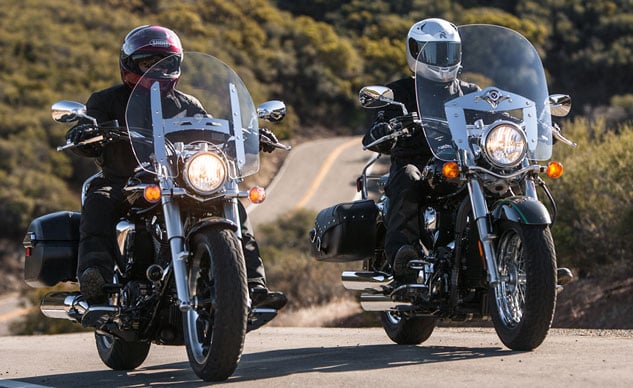
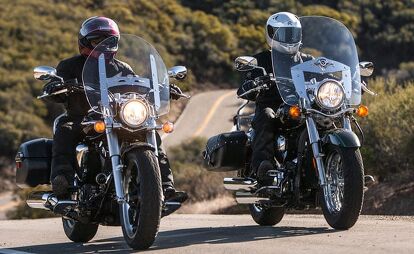






























































































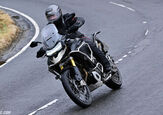
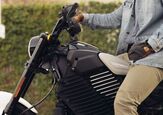
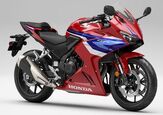
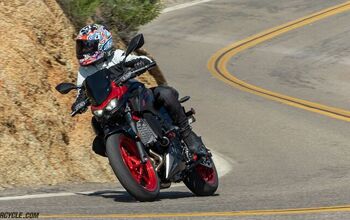

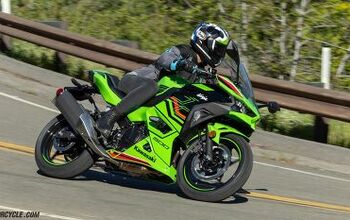
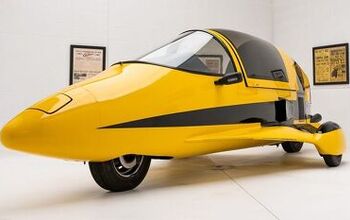
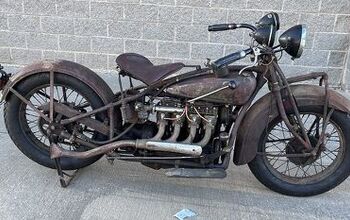
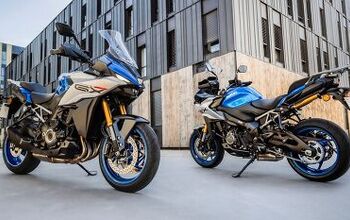
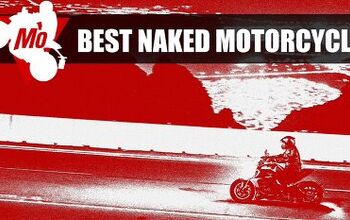
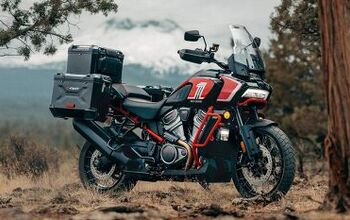
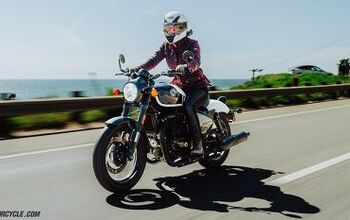
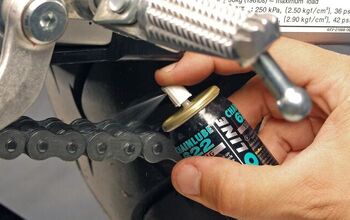
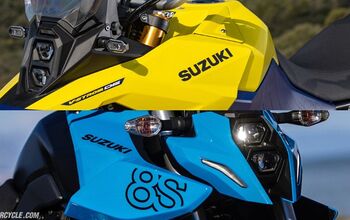

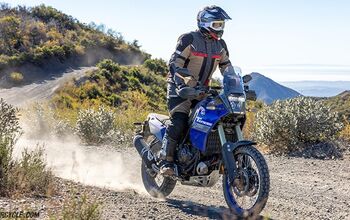
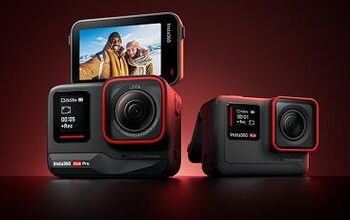
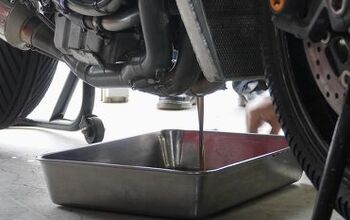
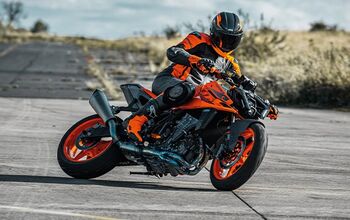


Comments
Join the conversation
no america lt in the comparo?
Thanks for this, I am looking at both & now have a better idea on which to buy.